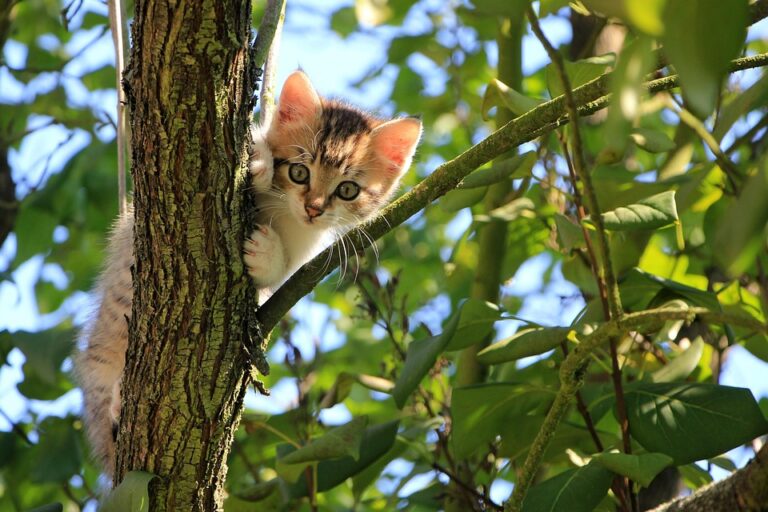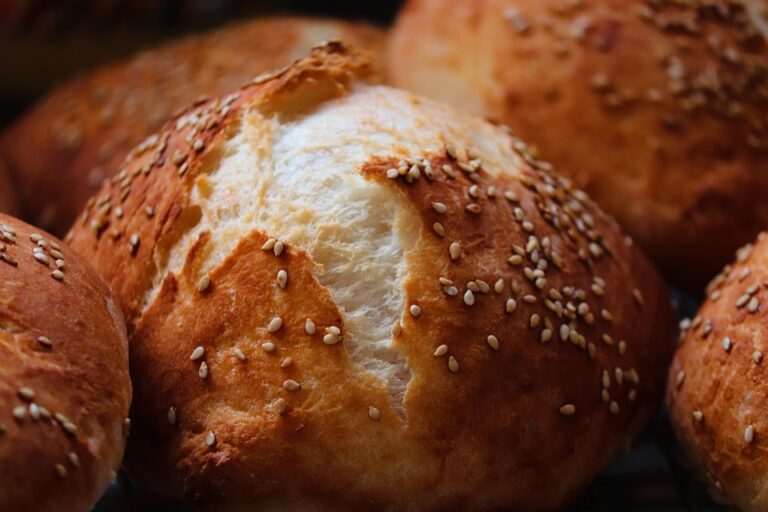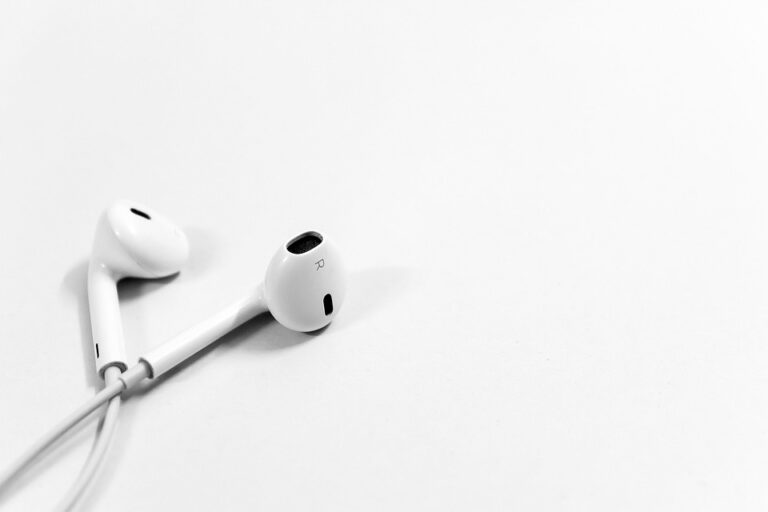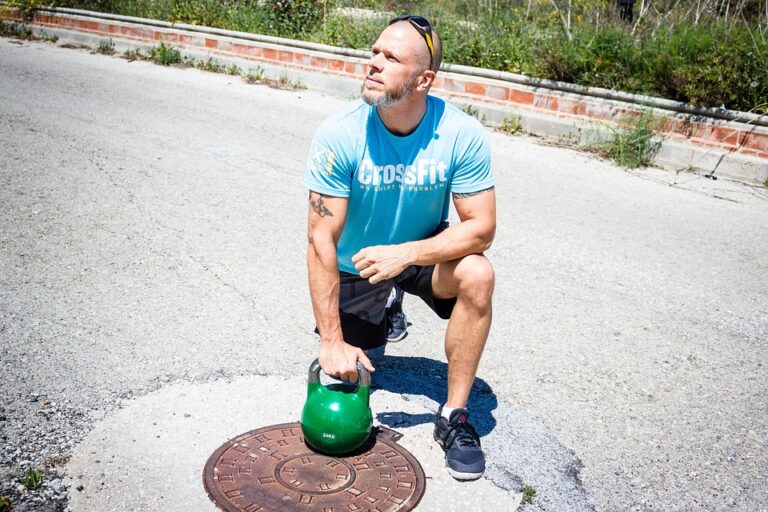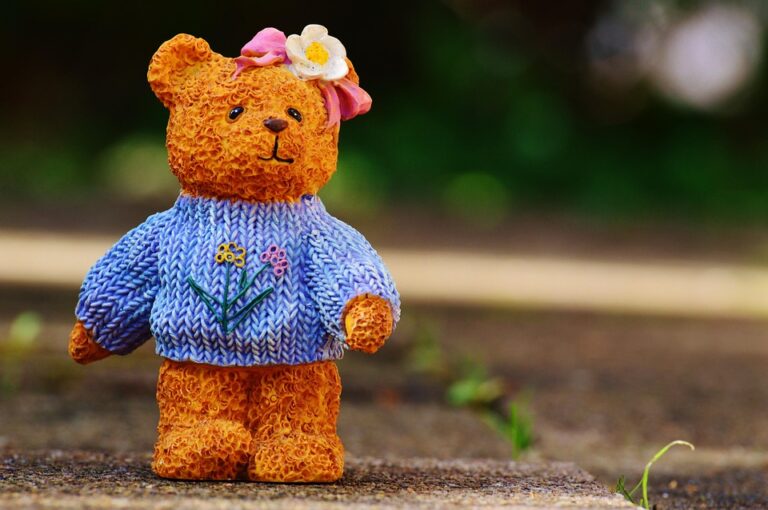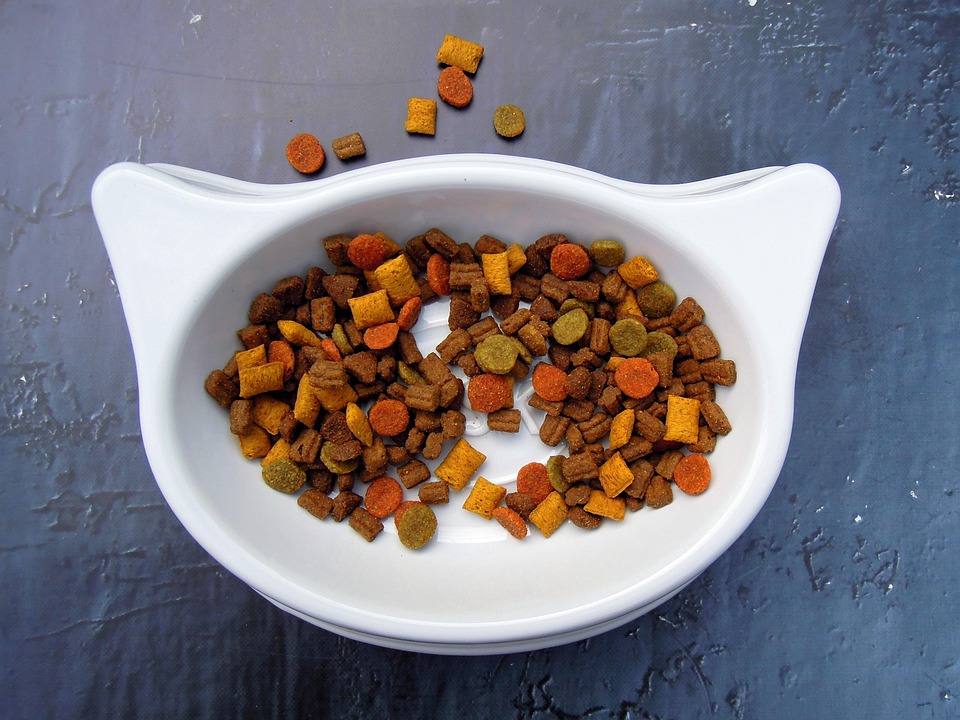
Understanding the Common Types of Dry Cat Food: A Comprehensive Guide for Pet Owners
Navigating the myriad of dry cat food options available today can be quite the challenge for any pet owner. With a plethora of brands and formulations, it’s easy to feel overwhelmed. However, understanding the common types of dry cat food can make the selection process a tad more manageable.
1. Standard Dry Cat Food
At the most basic level, we have standard dry cat food, often referred to as kibble. This type is generally characterised by its affordability and wide availability. Made primarily from meat by-products, grains, and fillers, standard kibble serves as a staple in many households. Yet, it’s worth asking: does this type truly meet the nutritional needs of your feline friend? While it offers convenience, the quality of ingredients can vary significantly.
2. Premium Dry Cat Food
Stepping up the ladder, premium dry cat food often boasts higher-quality ingredients, with real meat as the first ingredient rather than vague meat by-products. Brands in this category typically avoid unnecessary fillers, opting instead for wholesome grains or even grain-free alternatives. It’s intriguing to consider why some pet owners are willing to invest more in premium options. Is it purely for the sake of quality, or does it reflect a deeper bond and commitment to their pets’ health?
3. Grain-Free Options
In recent years, the grain-free trend has gained considerable traction among pet owners. These formulations cater to cats that may have sensitivities to grains or those whose owners simply prefer a diet mimicking a more natural prey-based approach. However, experts caution that grain-free does not automatically equate to a superior diet. Notably, some studies have linked grain-free diets to heart conditions in certain breeds. Therefore, it’s essential to consult with a veterinarian before making such a significant dietary change for your cat.
4. Specialised Formulas
For cats with specific health concerns—be it weight management, dental issues, or digestive sensitivities—specialised dry cat foods are available. These formulas are crafted with tailored nutrient profiles to address particular needs. For instance, weight management formulas often contain fewer calories while still ensuring that your cat feels satiated. On the other hand, dental health kibbles are designed with a texture that helps reduce plaque buildup. The question that arises here is whether these specialised diets truly make a difference in long-term health outcomes.
5. Holistic and Natural Options
In a world leaning increasingly towards holistic living, it’s no surprise that holistic and natural dry cat foods have emerged. These products often feature organic ingredients, free from artificial preservatives, colours, and flavours. The appeal lies in the promise of a diet that is as close to nature as possible. However, pet owners must tread carefully; not all ‘natural’ labels are created equal. Scrutinising ingredient lists is vital to ensure that the food meets your cat’s nutritional requirements without hidden fillers.
Making the Right Choice
Ultimately, the best dry cat food for your pet will depend on a variety of factors, including age, health status, and personal preferences. Engaging with your veterinarian can provide invaluable insights tailored to your cat’s unique needs. Remember, what works for one cat may not necessarily be the best for another.
As you embark on your journey to find the ideal cat food, it’s worth keeping in mind that different cats may thrive on different diets. Experimentation, alongside professional guidance, can lead you to the right path.
In an ever-evolving market, staying informed is crucial. That’s where BargainsTrust comes into play, continually bringing you a selection of quality products and insightful information, ensuring that you’re equipped to make the best decisions for your beloved feline companions.

